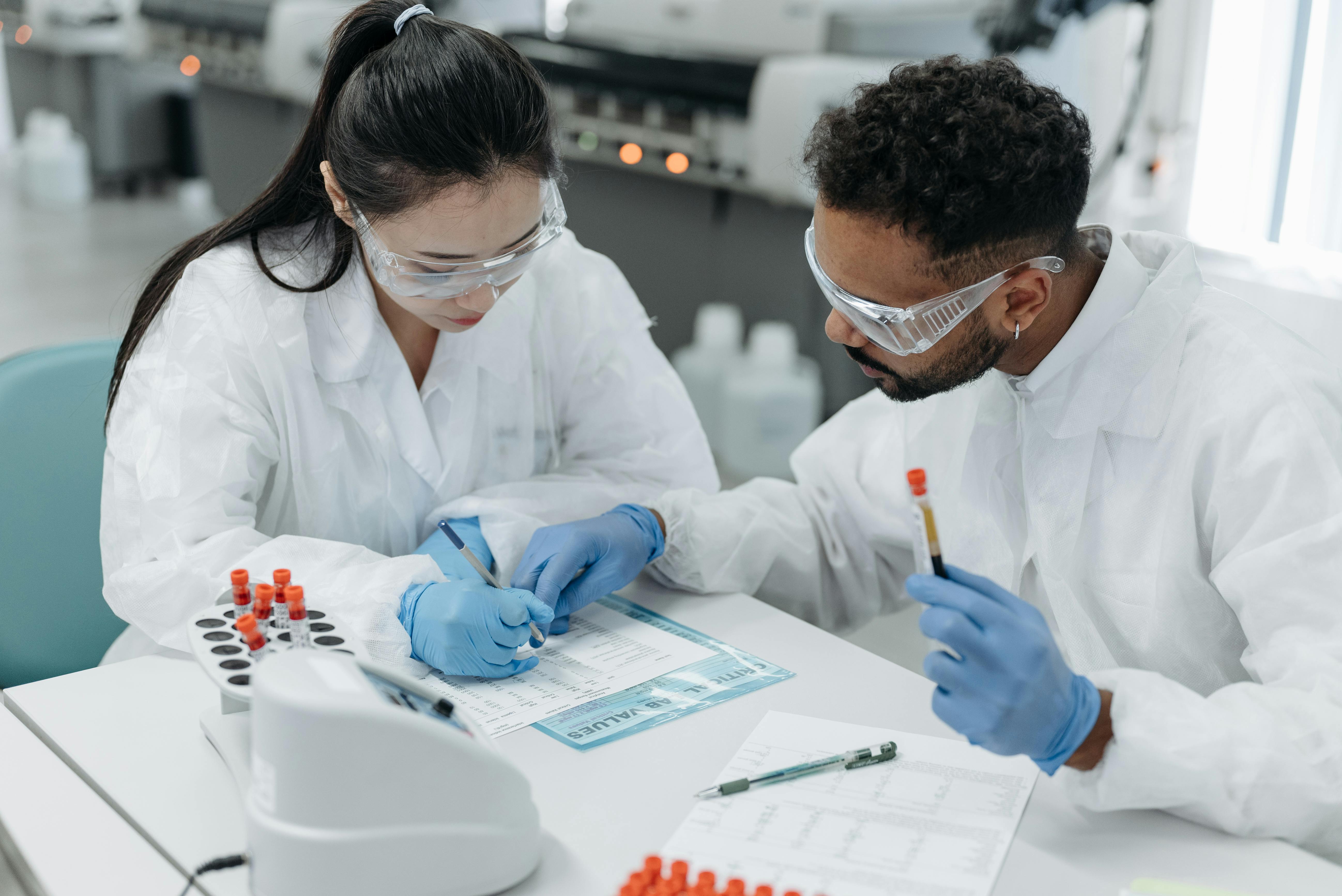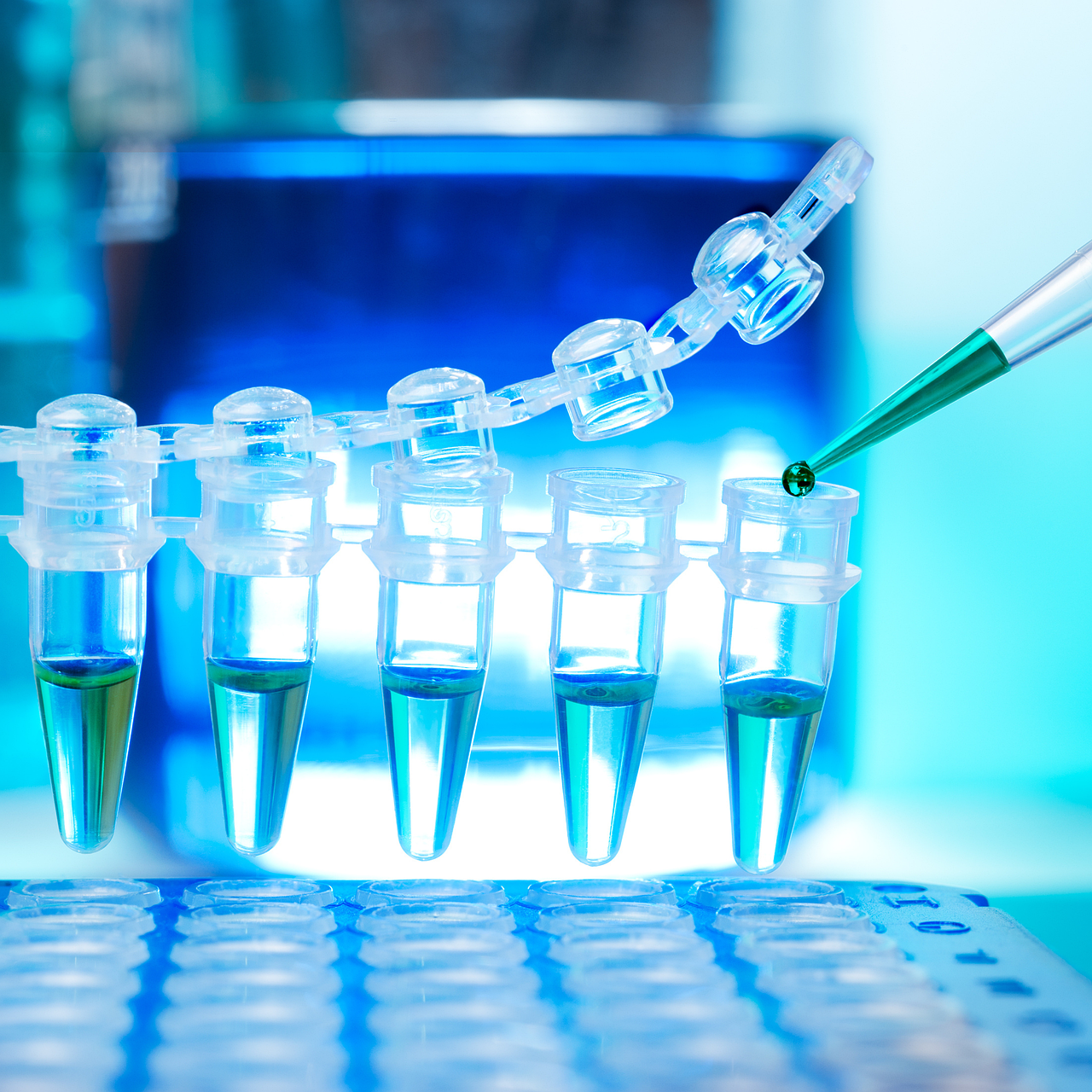Services
Electrochemical Charges
1. Cyclic Voltammetry (CV)
Cyclic voltammetry (CV) is an electrochemical technique that measures the current response of an electrochemical cell as the potential of the working electrode is cycled linearly over time. Read More
2. Linear Sweep Voltammetry
In analytical chemistry, linear sweep voltammetry is a method of voltammetry where the current at a working electrode is measured while the potential between the working electrode and a reference electrode is swept linearly in time. Read More
3. Open Circuit Potential
Open circuit potential refers to the voltage that exists across the terminals of a circuit when it is not connected to any load, meaning there is no current flowing. This potential is crucial in various applications, particularly in electrochemistry, where it helps to determine the behavior of electrodes in an electrolyte. Read More
4. Differential Pulse Voltammetry (DPV)
Differential pulse voltammetry (DPV) (also differential pulse polarography, DPP) is a voltammetry method used to make electrochemical measurements and a derivative of linear sweep voltammetry or staircase voltammetry, with a series of regular voltage pulses superimposed on the potential linear sweep or stairsteps. Read More
5. Chronoamperometry
Chronoamperometry is an analytical technique in electrochemistry where the electric potential of the working electrode is stepped, and the resulting current from faradaic processes is monitored as a function of time. This method is widely used due to its sensitivity and relative ease of implementation, although it is noted to be poorly selective. Read More
6. Tafel Slope
The Tafel slope is a key parameter in electrochemical kinetics that describes how the rate of an electrochemical reaction changes with overpotential. It’s derived from the Tafel equation, which is a simplified form of the more general Butler–Volmer equation. Read More
7. Electrochemical Impedance Spectroscopy (EIS)
Electrochemical Impedance Spectroscopy (EIS) is a powerful technique used to probe the electrochemical properties of materials and interfaces—especially in systems like batteries, fuel cells, corrosion studies, and sensors. EIS measures how an electrochemical system resists the flow of alternating current (AC) over a range of frequencies. Read More
8. Galvanostatic Charge-Discharge (GCD)
Galvanostatic charge-discharge (GCD) is a fundamental electrochemical technique used to evaluate the charge storage performance of energy storage devices like batteries, supercapacitors, and pseudocapacitors. Read More
9. Coin Cell Fabrication
Coin cell fabrication involves a systematic process of assembling battery components to create high-quality lithium-ion cells, essential for testing new materials and technologies. Read More


